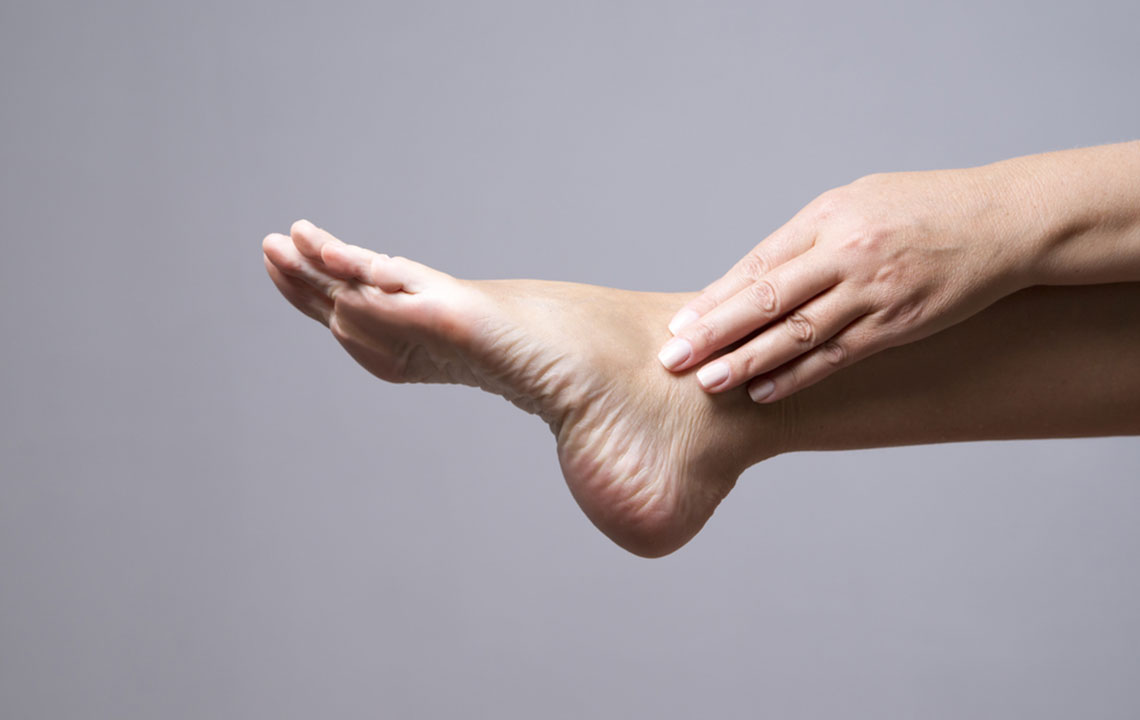Effective Strategies for Managing Bulging Discs
Discover effective strategies and treatment options for managing bulging discs, ranging from conservative therapies to minimally invasive surgeries. Learn how to reduce symptoms, improve mobility, and support spine health effectively. Always consult your doctor for personalized advice and treatment plans tailored to your condition.

Strategies for Managing Bulging Discs Effectively
A bulging disc occurs when the cushioning cartilage between spinal bones protrudes beyond its normal boundary. Typically affecting the lower back, or lumbar region, it can also occur in the mid (thoracic) or neck (cervical) parts of the spine. Addressing this condition often involves targeted treatment approaches.
Discs made of cartilage afford spinal flexibility and absorb shocks from daily activities like walking, bending, lifting, and sitting. Excessive stress from these motions can worsen symptoms. Initially, bulging discs may be asymptomatic, but as nerve roots experience pressure, pain, swelling, and other symptoms develop. Aging weakens spinal discs, increasing susceptibility.
Symptoms depend on affected nerves and may include pain, numbness, weakness, spasms, or tingling sensations in arms or legs. For mild cases, non-invasive treatments like chiropractic adjustments can provide relief, while chronic conditions might require medical intervention. Various minimally invasive procedures allow faster recovery compared to traditional surgery.
Management Options for Bulging Discs
Conservative treatments target relieving pressure on the affected disc and blocking nerve pain signals. These include:
Transcutaneous electrical nerve stimulation (TENS)
Cortisone injections
Ultrasound therapy
Physical therapy
Use of pain patches
Stretching and yoga
Always consult a healthcare professional before initiating these methods. If symptoms persist, surgical options may become necessary.
Nerve Compression Solutions
Traditional Spinal Fusion: Open surgery where the doctor removes damaged cartilage, replaces it with bone grafts, and fuses vertebrae with metal hardware. It results in permanent immobility and requires hospital stay.
Minimally Invasive Procedures: Small incisions allow removal of herniated disc material, replaced with artificial discs, preserving movement and shortening recovery time.
Epidural Injections: Corticosteroids and numbing agents are injected into the epidural space to reduce inflammation and pain. The numbing provides quick relief, while steroids decrease inflammation over days.
To support recovery, consider:
Avoiding strenuous activities and heavy lifting during symptoms
Eating an anti-inflammatory diet rich in vitamins and proteins
Managing weight through exercise
Performing spine-decompression stretches as advised by a physiotherapist
Always seek medical guidance before starting new treatments, as individual responses vary.










